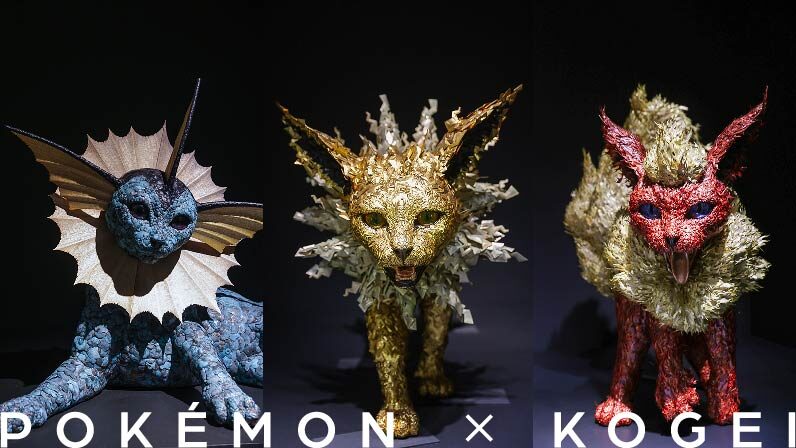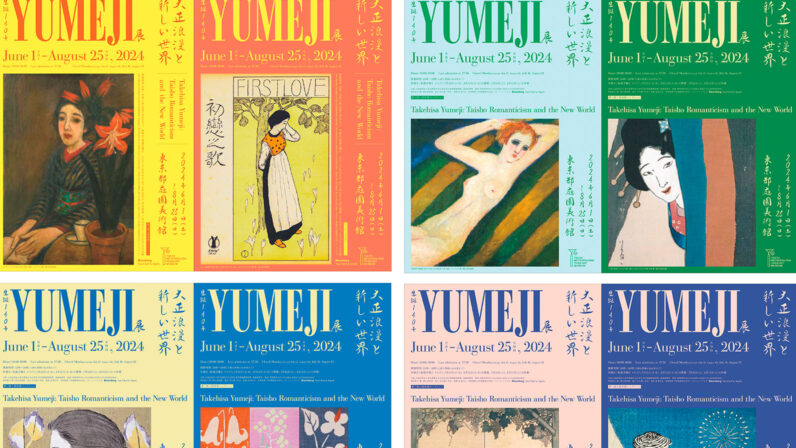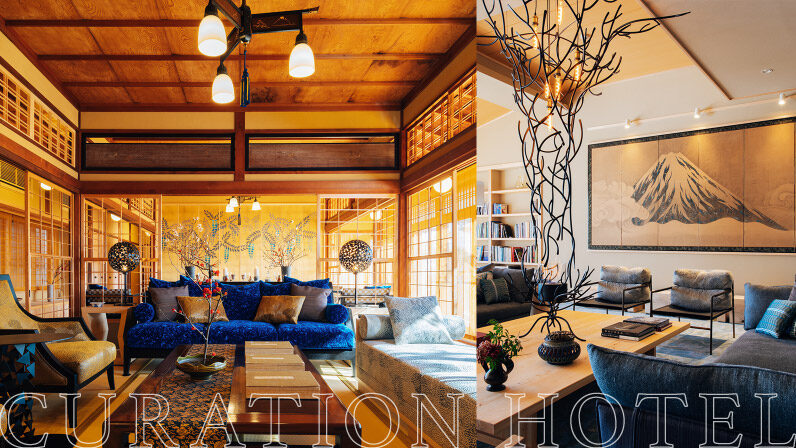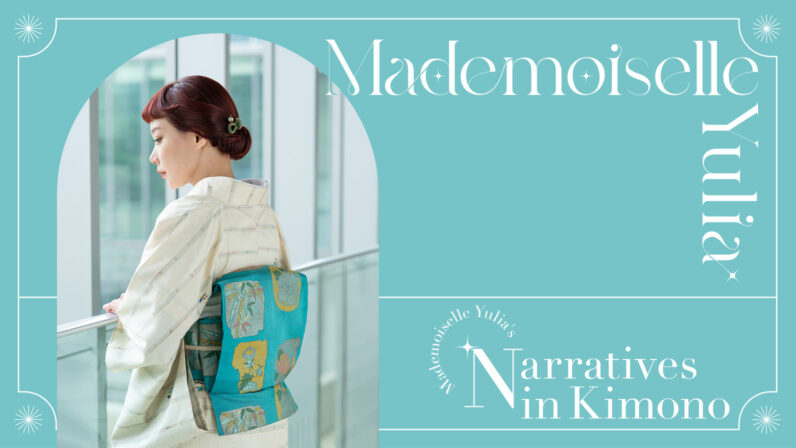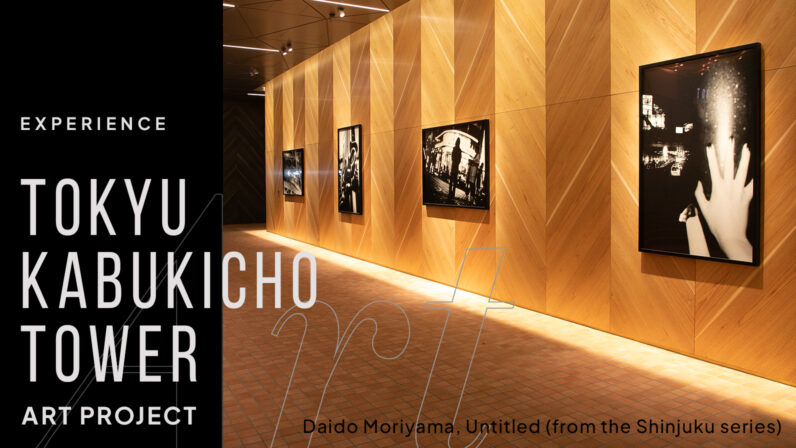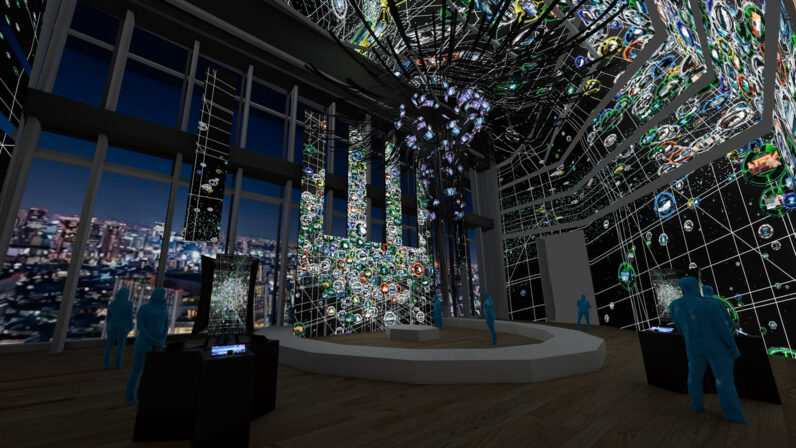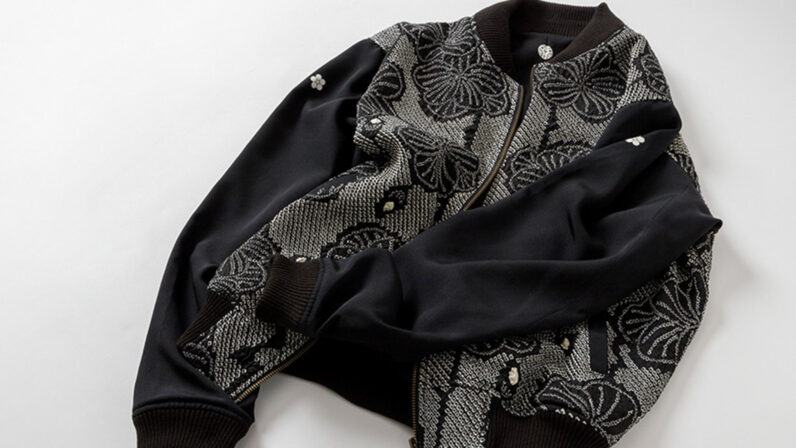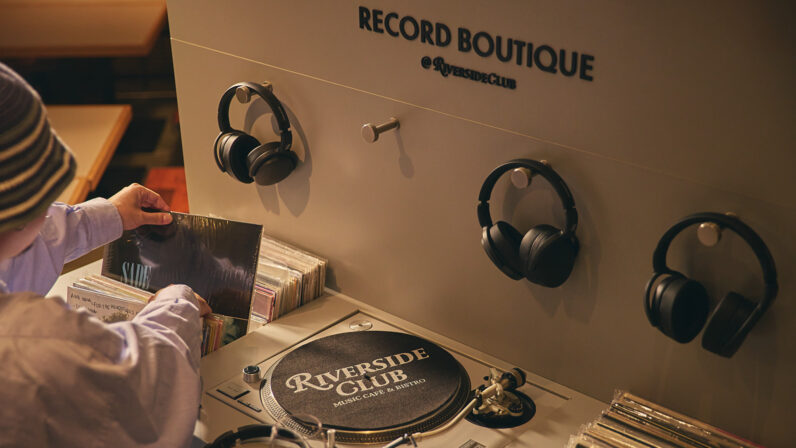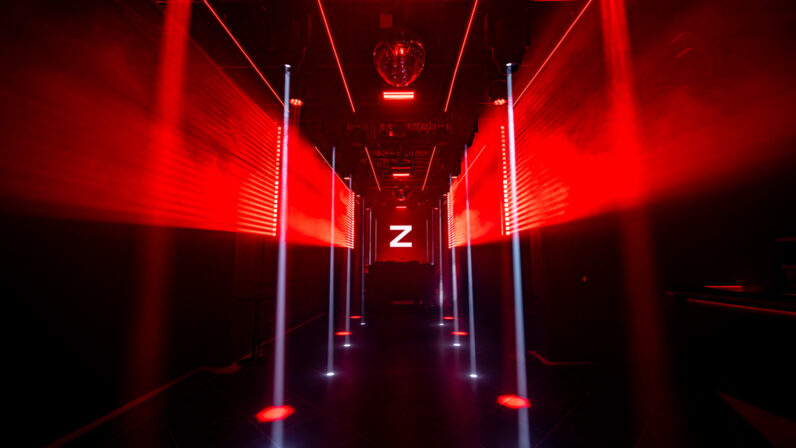The exhibition ‘Paris and La Belle Epoque – The Center of Avant-Garde Artists, With the Weisman & Michel Collection of Montmartre Artists’ is currently underway at the Panasonic Shiodome Museum of Art from October 5 to December 15, 2024.

This exhibition is an exploration of the flourishing culture of Paris during its most artistically vibrant era, the Belle Époque (from the late 19th century to around 1914) and into the 1930s. It showcases a diverse array of artistic and cultural achievements across various fields, including fine art, crafts, theater, music, literature, fashion, and science. In addition to paintings, visitors can enjoy a rare opportunity to see clothing and accessories worn by women and children of the era, crafts by Gallé and Lalique, first editions of Charles Baudelaire’s works, and Marcel Proust’s personal annotated proofs.
Chapter 1 – PARIS IN A GOLDEN AGE: THE CITY AND THE PEOPLE
After the collapse of the Second French Empire following the Franco-Prussian War of 1870-71, Paris enjoyed nearly half a century of peace and political stability. It’s a common notion that culture flourishes in times of peace, and during this period, iconic buildings that now define the Parisian cityscape, such as the Opéra Garnier and the Eiffel Tower, were constructed, transforming the city into a grand modern metropolis.
In Chapter 1, visitors will find paintings that depict daily life in Paris during this era, along with clothing worn by women and children, and decorative crafts from Meissen and Art Nouveau that adorned homes.
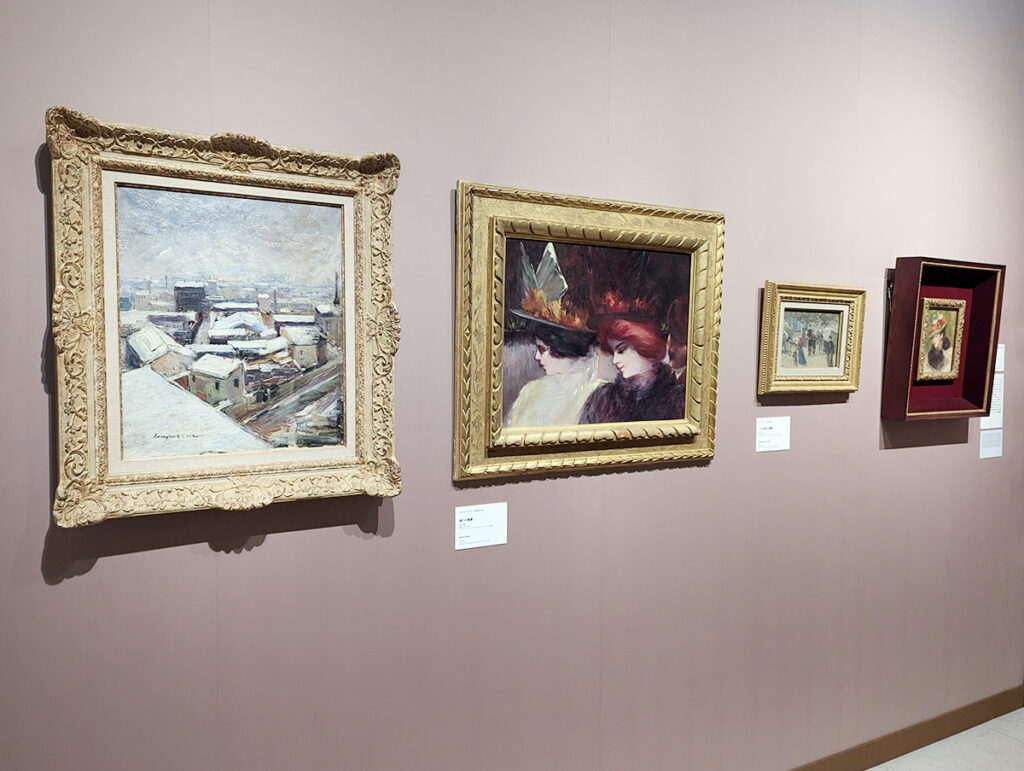
Scenes of Chapter 1
Chapter 2 – INTERDISCIPLINARY FLOURISHING OF THE ARTS IN PARIS
Situated on a small hill in northern Paris, Montmartre is a district that symbolizes the Belle Époque, where a diverse array of artists from the realms of visual arts, literature, music, and theater came together, crossing genres and blending their talents. The district thrived with lively cabarets, dance halls like the Moulin Rouge, and café-concerts, creating a vibrant entertainment hub filled with song, dance, and street performances.
In Chapter 2, visitors can discover works by artists such as Toulouse-Lautrec and Rodin, along with writings from renowned authors like Baudelaire and Proust, all of whom were inspired by Montmartre.
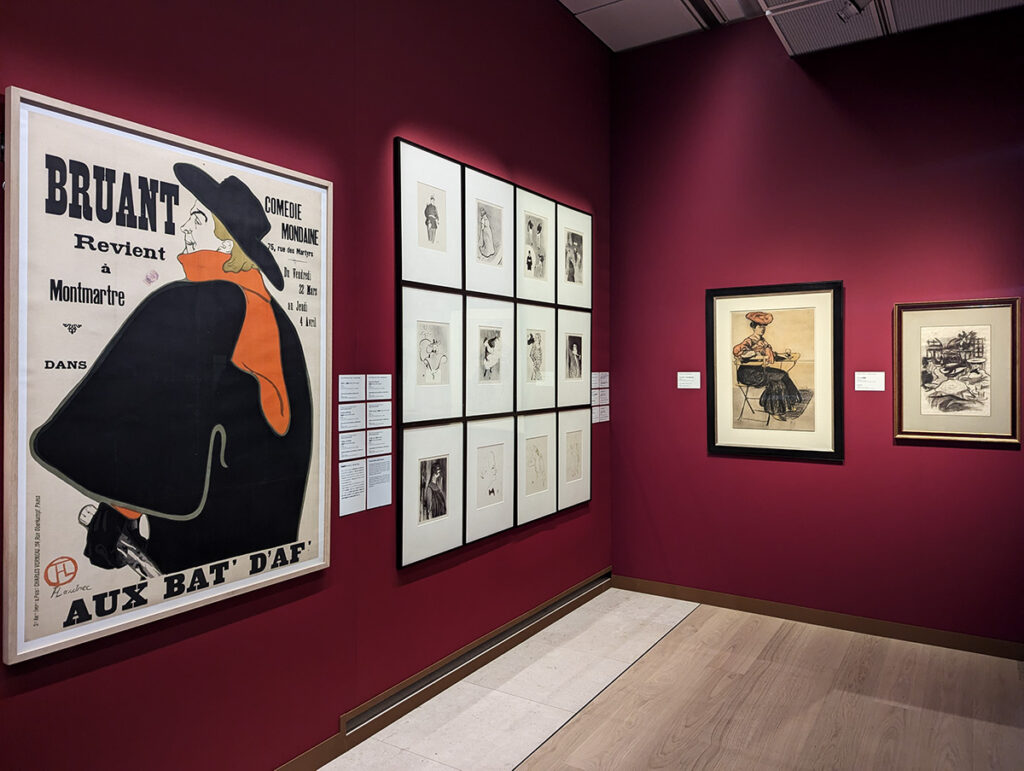
Scenes of Chapter 2
Montmartre is a district that was newly annexed when urban development projects (the Haussmann renovations) expanded its area in the 19th and 20th centuries. By the mid-19th century, Paris faced high population density and unsanitary conditions, which led to frequent outbreaks of diseases like cholera, prompting large-scale urban redevelopment. As a result, Montmartre became a gathering place for workers who had to relocate from the city center due to zoning changes, as well as artists looking for affordable studios. Its physical distance from the established bourgeois values of central Paris allowed Montmartre to emerge as a hub for avant-garde and free artistic expression.
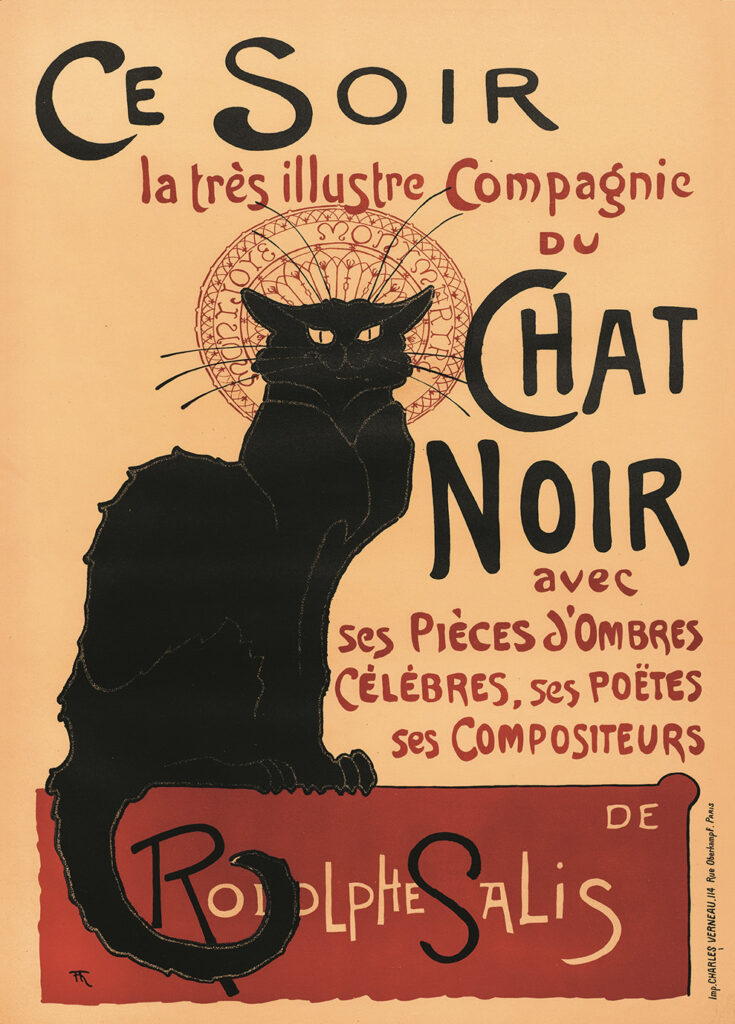
Théophile-Alexandre Steinlen, ‘The Chat Noir’, 1896 / The David E. Weisman & Jacqueline E. Michel Collection
A poster for the legendary cabaret The Chat Noir, which served as a vibrant hub for young artists, writers, and composers.
Chapter 3 – GRAND ENTERTAINMENTS: THE ALLURE OF THE THEATER
The theater further solidified Montmartre as a center of entertainment. A prime example of this is the Théâtre Libre (Free Theater), which staged many naturalistic plays. Ambitious productions based on Émile Zola’s novels and works by Norwegian playwright Henrik Ibsen were performed, and various artists contributed illustrations for the programs and set designs. This involvement led to numerous collaborations rooted in Montmartre.
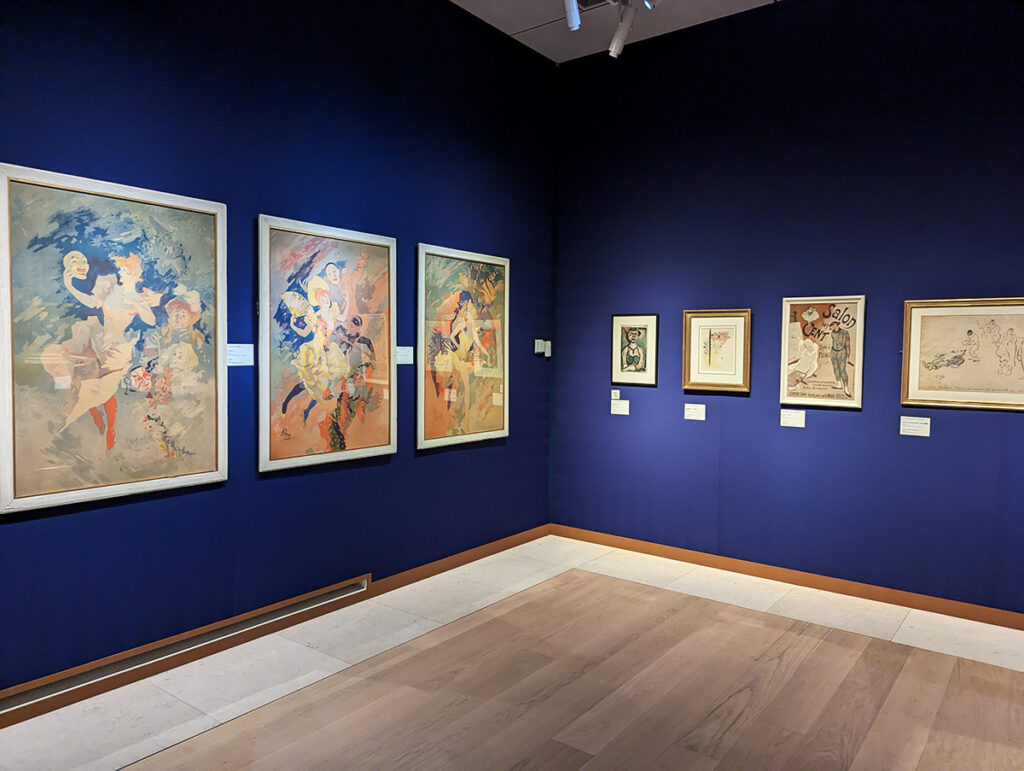
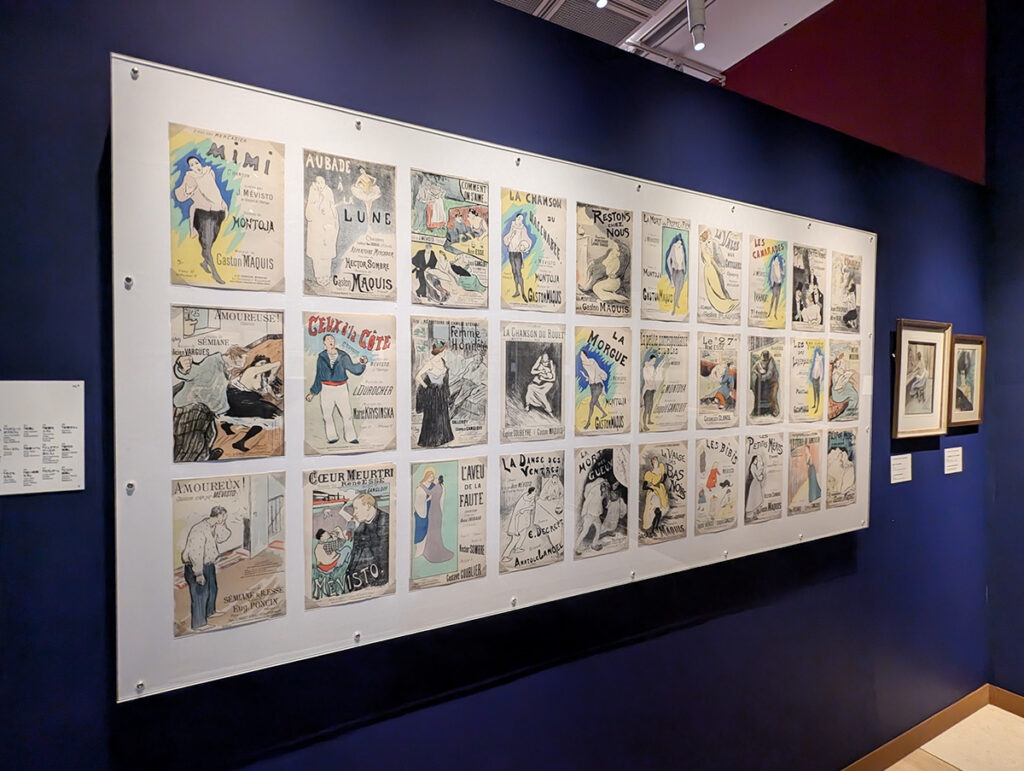
First Image: Jules Chéret, ‘Dance’ 1891; ‘Music’ circa 1891, and others
Second Image: Henri-Gabriel Ibels, ‘Partition’ 1893-1894, and others
For those interested in design and illustration, Henri-Gabriel Ibels’s Partitions are a must-see. The hand-drawn lettering and illustrations create a dynamic layout that is sure to inspire.
Chapter 4 – A NEW DAY FOR WOMEN
In fin-de-siècle Paris, the feminist movement gained traction, with women striving for social independence. In 1903, physicist Marie Curie was awarded the Nobel Prize for her research on radiation. The arts flourished with female painters like Mary Cassatt and Suzanne Valadon making their mark, while actress Sarah Bernhardt became a popular figure in the theater. This era also saw the creation of numerous iconic posters by Mucha. The stage crown designed by Mucha and produced by Lalique is a true highlight not to be missed.
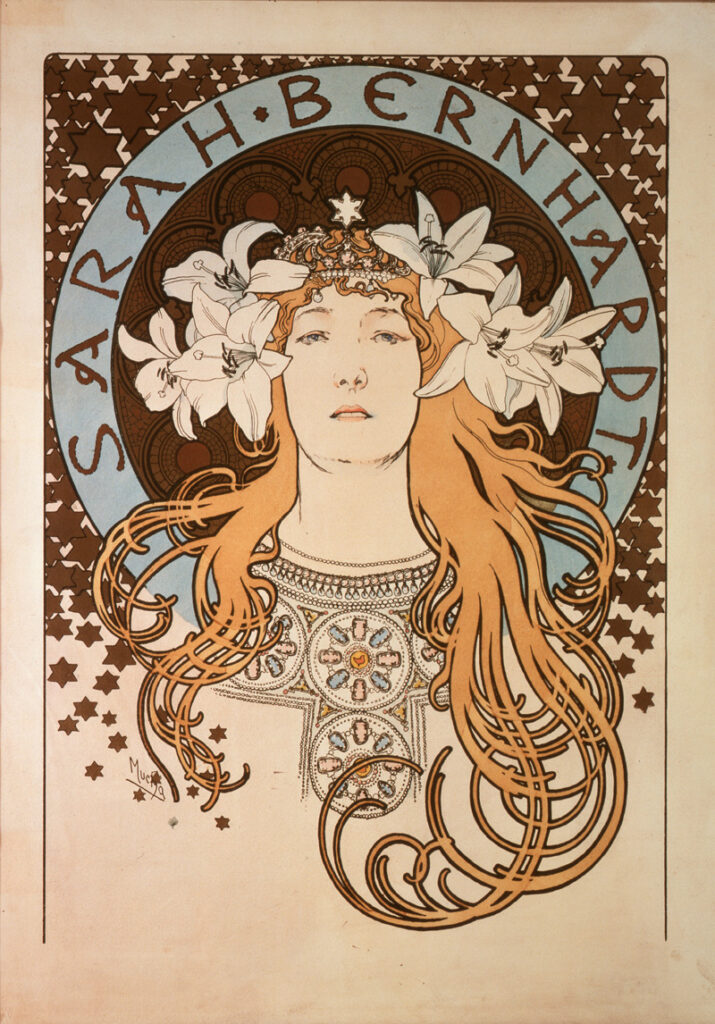
Alphonse Mucha, ‘Sarah Bernhardt’, 1896 / Sakai Alphonse Mucha Museum (Sakai City) Collection [Exhibition Period: 10/5 – 11/12]
Reflecting the growing presence of women in society, fashion and decorative arts shifted from elegant curves to more dynamic styles. This chapter showcases works related to women who showcased their talents during this time, along with fashion pieces from the Art Deco period and works by René Lalique.
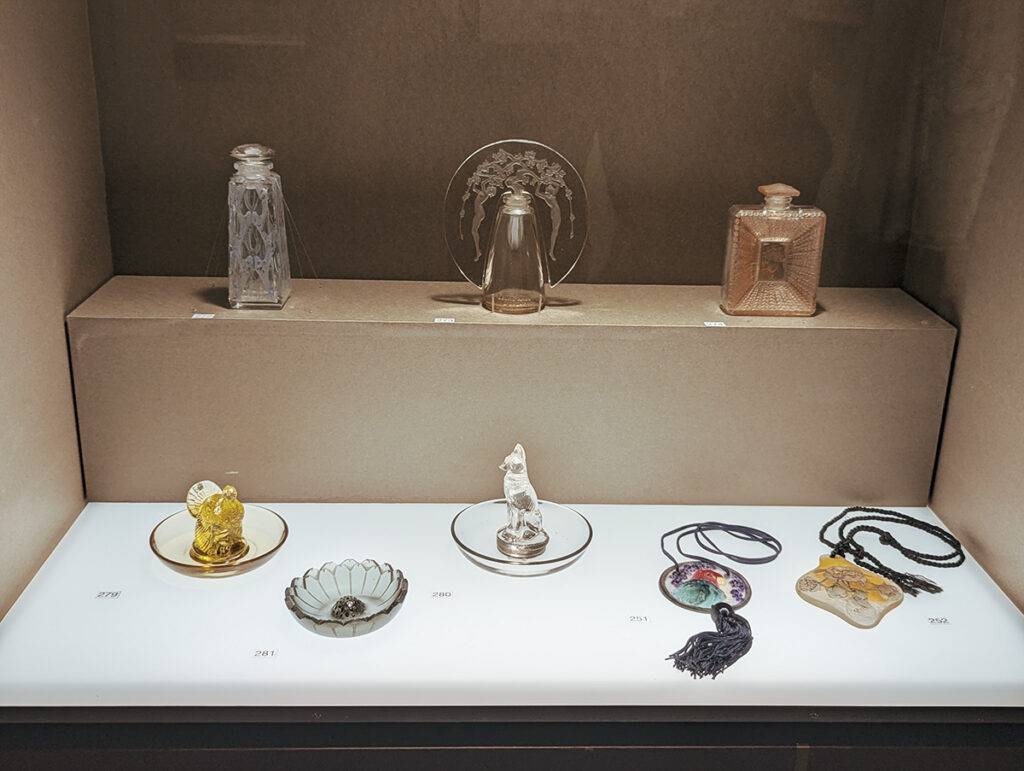
A Collection of Decorative Pieces by René Lalique
As I explored the exhibition, I couldn’t help but think of the film Midnight in Paris (2011). Directed by Woody Allen, it tells the story of a protagonist who time travels to 1920s Paris and interacts with artists from the Belle Époque—essentially bringing my daydreams to life.
This extensive exhibition is akin to a time capsule that’s sure to amaze and inspire. For a novel experience, I encourage anyone visiting the exhibition to imagine slipping back in time to Montmartre during the Belle Époque and enjoying the experience as if invited to a party with the artists of that era.
Paris and La Belle Epoque – The Center of Avant-Garde Artists, With the Weisman & Michel Collection of Montmartre Artists Exhibition Period: October 5, 2024 – December 15, 2024 Opening Hours: 10:00 AM – 6:00 PM (Last admission at 5:30 PM) On November 1,22,29, and December 6,13,14, the museum will remain open until 8:00 PM (Last admission at 7:30 PM). Closed: Wednesdays (except for December 11, when the museum will be open) Website: https://panasonic.co.jp/ew/museum/exhibition/24/241005/en.html Reservations are required for specific time slots on Saturdays, Sundays, and holidays (no reservation needed on weekdays).


